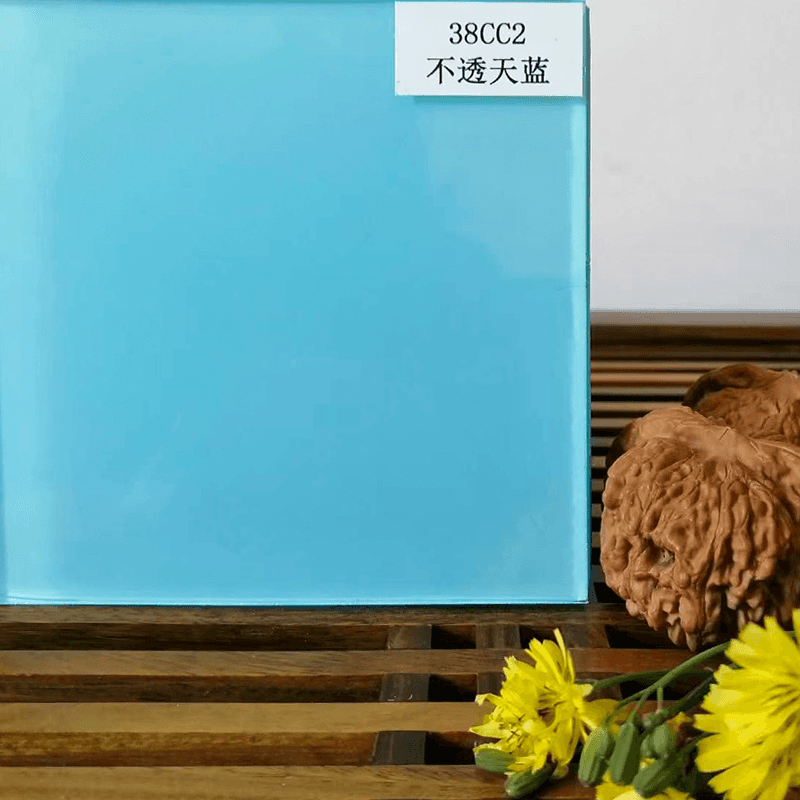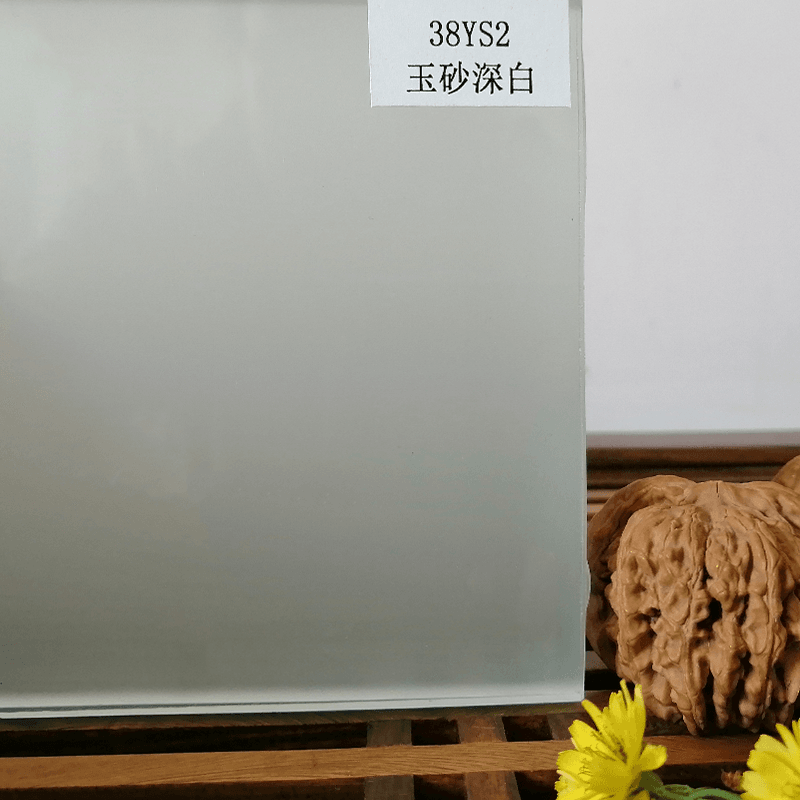language
EVA (Ethylene-Vinyl Acetate) film is a versatile material widely used in industries such as packaging, solar panels, and footwear. This article explores its properties, applications, and advantages.
What is EVA Film?
EVA film is a thermoplastic polymer made from ethylene and vinyl acetate. It is known for its flexibility, durability, and resistance to UV radiation and moisture.
Key Properties of EVA Film
| Property | Description |
|---|---|
| Flexibility | Highly flexible, making it suitable for various applications. |
| Transparency | Can be manufactured in clear or opaque forms. |
| Chemical Resistance | Resistant to many chemicals, including acids and alkalis. |
| UV Stability | Excellent resistance to ultraviolet degradation. |
| Adhesion | Bonds well with other materials like glass and metals. |
Common Applications of EVA Film
| Industry | Use Case |
|---|---|
| Solar Panels | Encapsulation of photovoltaic cells for protection. |
| Packaging | Used in food packaging due to its non-toxic nature. |
| Footwear | Provides cushioning and shock absorption in shoe soles. |
| Automotive | Used in dashboards and interior trim for durability. |
Advantages of EVA Film
- Lightweight: Reduces overall product weight.
- Eco-Friendly: Can be recycled in some forms.
- Cost-Effective: Affordable compared to alternatives like silicone.
- Easy to Process: Can be molded, extruded, or laminated easily.
Disadvantages of EVA Film
- Limited Heat Resistance: May deform at high temperatures.
- Not Biodegradable: Some variants contribute to plastic waste.
How to Choose the Right EVA Film
Consider the following factors:
- Thickness: Thicker films offer better durability.
- Vinyl Acetate Content: Higher VA content increases flexibility.
- Additives: UV stabilizers or anti-fog coatings may be needed.
Future Trends in EVA Film Industry
With growing demand for sustainable materials, research is ongoing to improve EVA film's recyclability and environmental impact.






